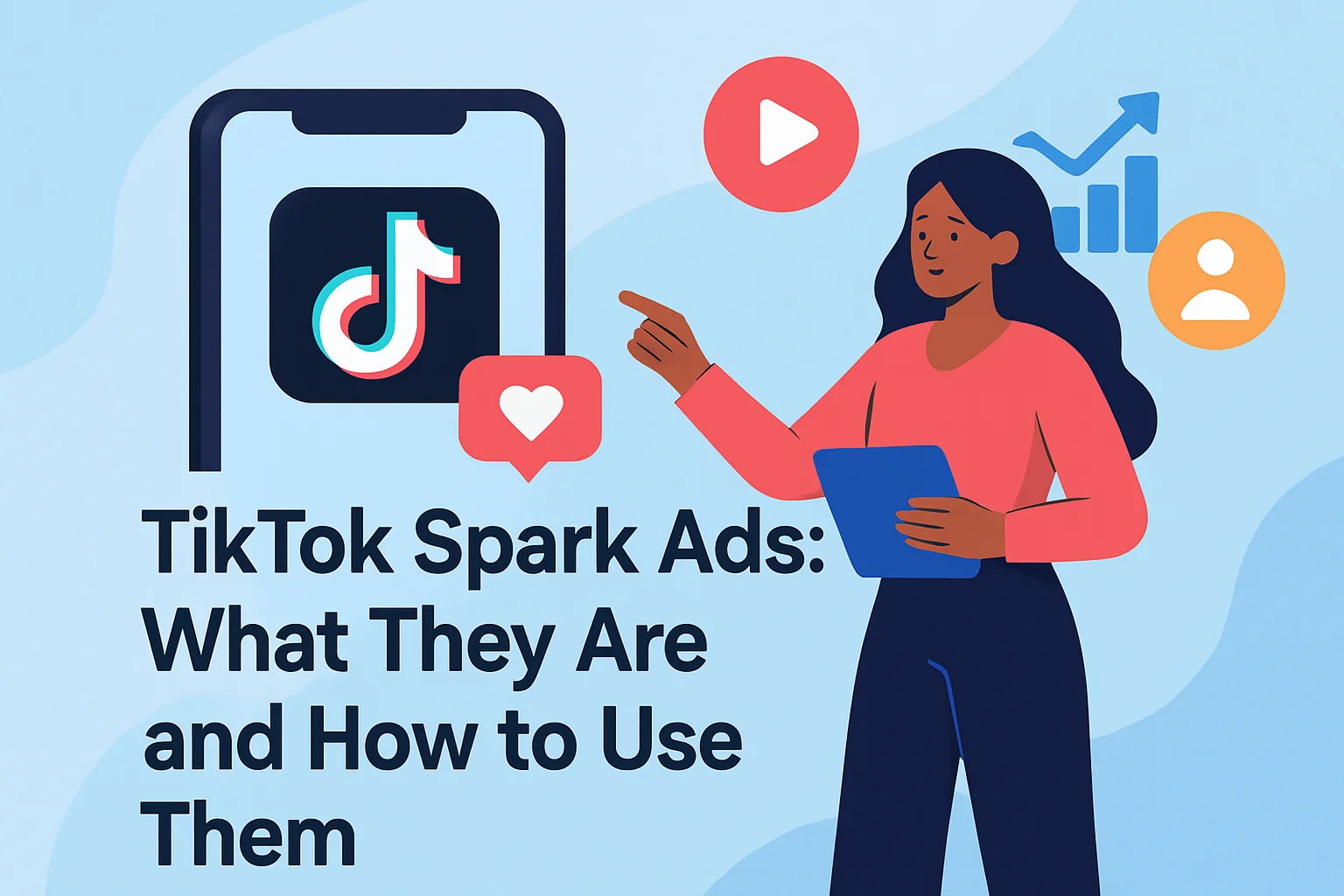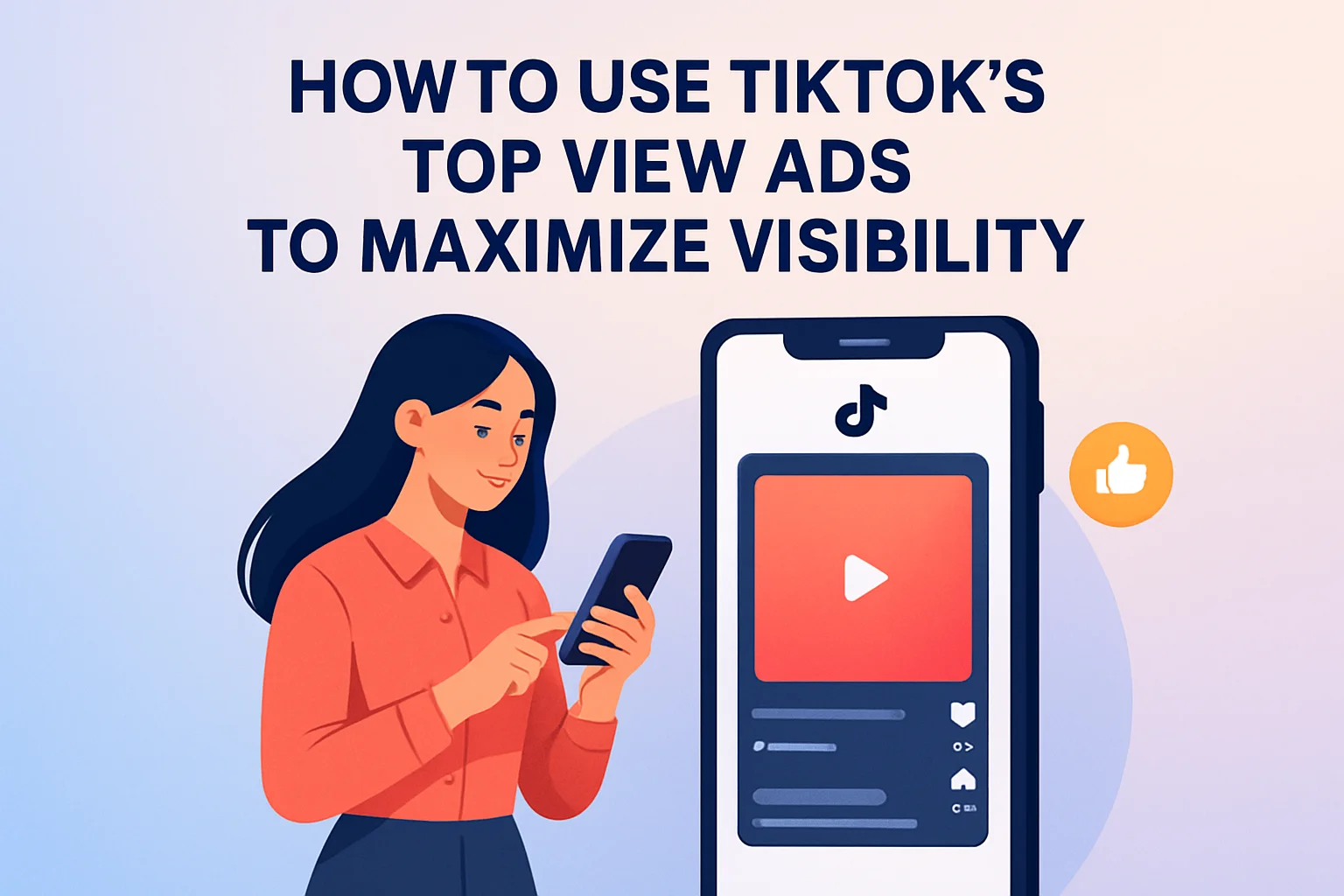Progressive Web Apps Optimization Tips
Progressive Web Apps (PWAs) are a new app development innovation that delivers an app-like experience for websites across mobile browsers.
With the addition of Google’s new mobile index (rank listings based on mobile version of the content) it could become ideal for many businesses to convert existing mobile webpages into Google Accelerated Mobile Pages (AMPs) or create PWAs for their mobile webpages.
While PWAs are not necessary for every business, there exists numerous benefits in creating PWAs for your mobile webpages.
Sites that could benefit from creating a PWA for their mobile website include:
- Websites that publish lots of content daily
- Websites that contain communication platforms that require push notifications and real-time updates
- Websites whose users wish to interact with the website in offline experiences
- E-commerce websites that seek faster check-outs
Studies have shown that native apps lose 20% of users between the user’s first contact with an application and every step the user takes after. Building a PWA for your website provides better SEO benefits than building a native application and could be generally easier to build.
PWAs are indexable, linkable, and combine mobile browsing experience with an app-like experience. Above anything else, PWAs enhance user experience and can result in your business gaining more conversions.
The Benefits of Building a PWA for Your Business
Progressive Web Apps traditionally utilize Javascript or CSS in turn with your website’s HTML code to provide almost instantaneous load times. Faster website load times contribute to higher rankings in Google’s PageRank and enhances user experience. PWAs also have responsive UI that will render correctly across any device. In fact, PWAs are designed to work responsively on any device or browser utilizing the device or browser’s features to improve the PWAs’ functionality.
PWAs are also linkable and can retain some functionality while offline. PWAs utilize service workers, just like browser caching, to retain content that can be accessed offline. PWAs can utilize its URI to communicate the current state of the application to browsers making it linkable when users share or bookmark the application.
PWAs were created to operate like native applications meaning that most PWAs are crafted for user reengagement. This is accomplished by the web app’s ability to become installed on any desktop or device and the ability to send push notifications to users not using the app currently. This means that businesses can still reach customers with updated news that couldn’t be accomplished through a traditional mobile web experience. In the end, these progressive web features will result in more conversions and greater brand visibility as users who enjoy your PWA will consistently reengage with your app.
Best of all, PWAs are indexable by search engines and gain greater visibility on search engines than native apps receive on app purchasing pages. They are also secured through the site’s HTTPS protocol.
Tips to Optimize PWA Indexing
Google has created their own checklist on allowing search engines to crawl your website’s PWA. This includes the basics, such as providing clean URL structures, providing canonical URLs and utilizing schema markup for your PWA. It’s also ideal to test the load speed of your PWA and make sure that it is functional across different devices and browsers.
Google suggests using progressive enhancement for your PWA and its key that your site’s JS and CSS are delivered entirely in hand with the HTML file. Do not substitute with script tags as this will create functionality problems for your website.
Optimizing Your Progressive Web App
PWAs take advantage of Javascript and CSS code to create the load out and functionality of the web application. Generally, when users click through to your PWA, the landing page will be pre-rendered and load the further components of the page through background sync while the page is rendered.
More than likely, the website will load further components through the cache files meaning that users will most likely encounter failed loading pages the first time they click on the PWA. Insert default content or an error message to let users know that the next time they load the page the PWA will act accordingly.
One of the major reprisals of using a PWA are its browser limitations. PWAs should not require browser upgrades to function properly, but should be responsive enough to work on any browser. There should be functionality controls that allow users to navigate across the PWA as a single page application. This could mean inserting linking controls that allow users to access cached content without a back button.
Make sure your PWA caches the most recent and relevant content that will operate in an offline browsing experience. Air Berlin used PWAs to allow people to access flight times in offline browsing experiences. If you’re a blog producer, insert caching controls that cache the most recent blogs that users might want to revisit.
This also has the added factor of creating a faster looking experience. When users access cached content in PWAs from the shell architecture, service workers will make AJAX calls to load additional features that are further accessed in the app. Basically, the initial load out page will appear to render incredibly fast and than service workers will use AJAX calls to create faster loading experiences for any further information that needs to be fetched from the app.
The benefits of converting your mobile website to a PWA are simply incredible. It’s recommended that much product testing be conducted before placing your PWA on the market as they can be technically challenging to create.
Above all, in the mobile first search engine world, the better user experience you can create the better your webpages will create conversions and perform in the search rankings competition.



